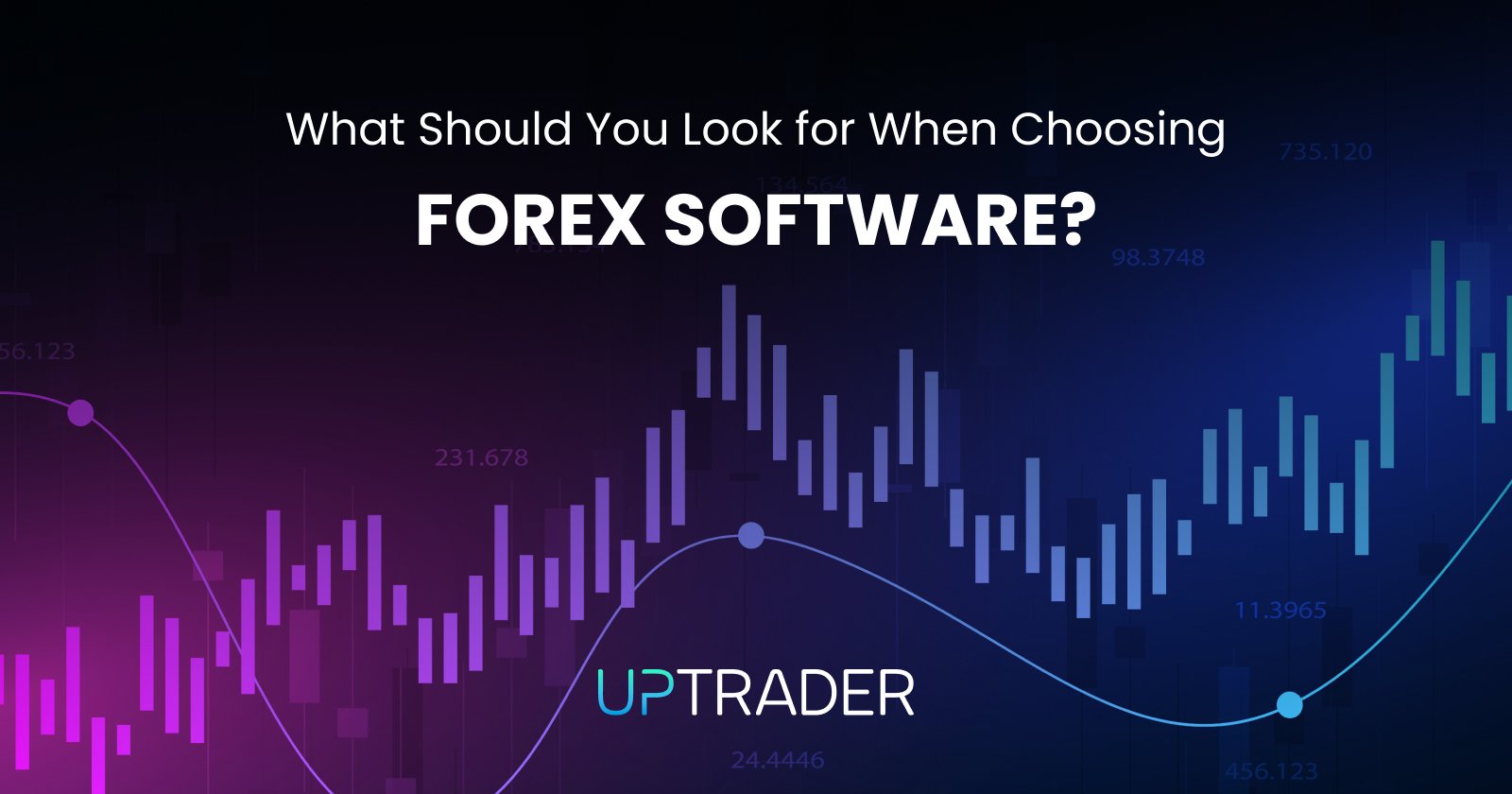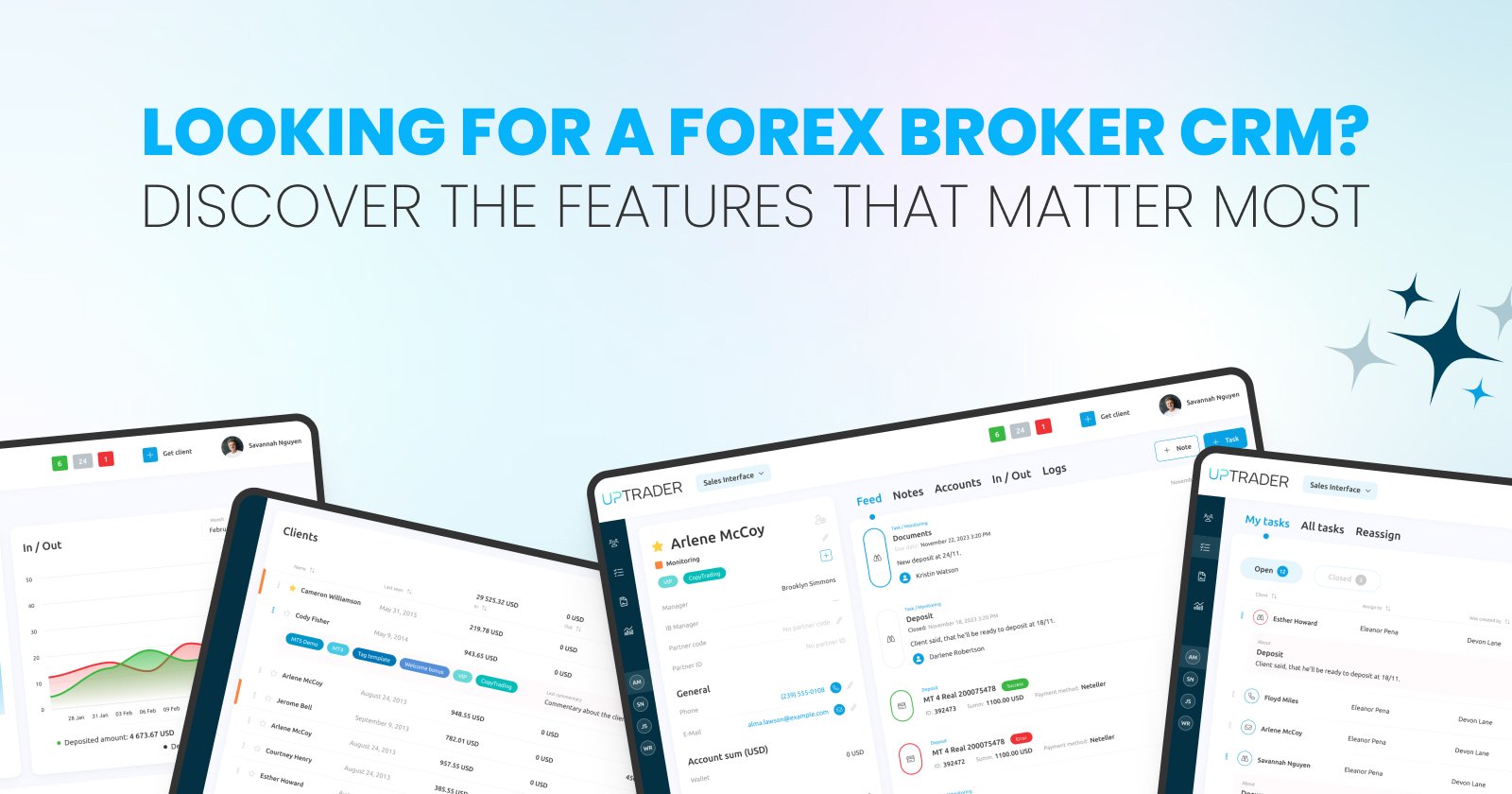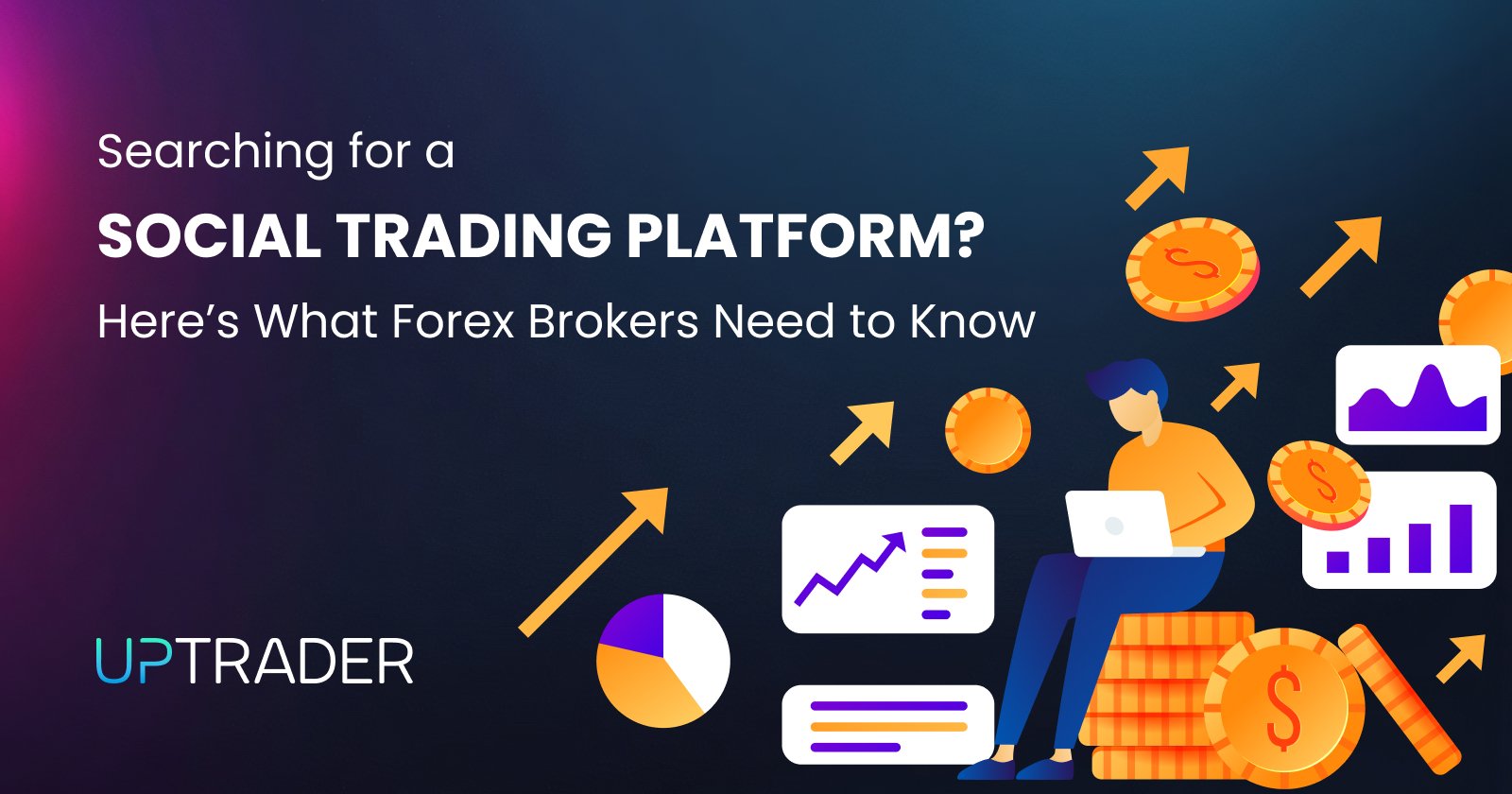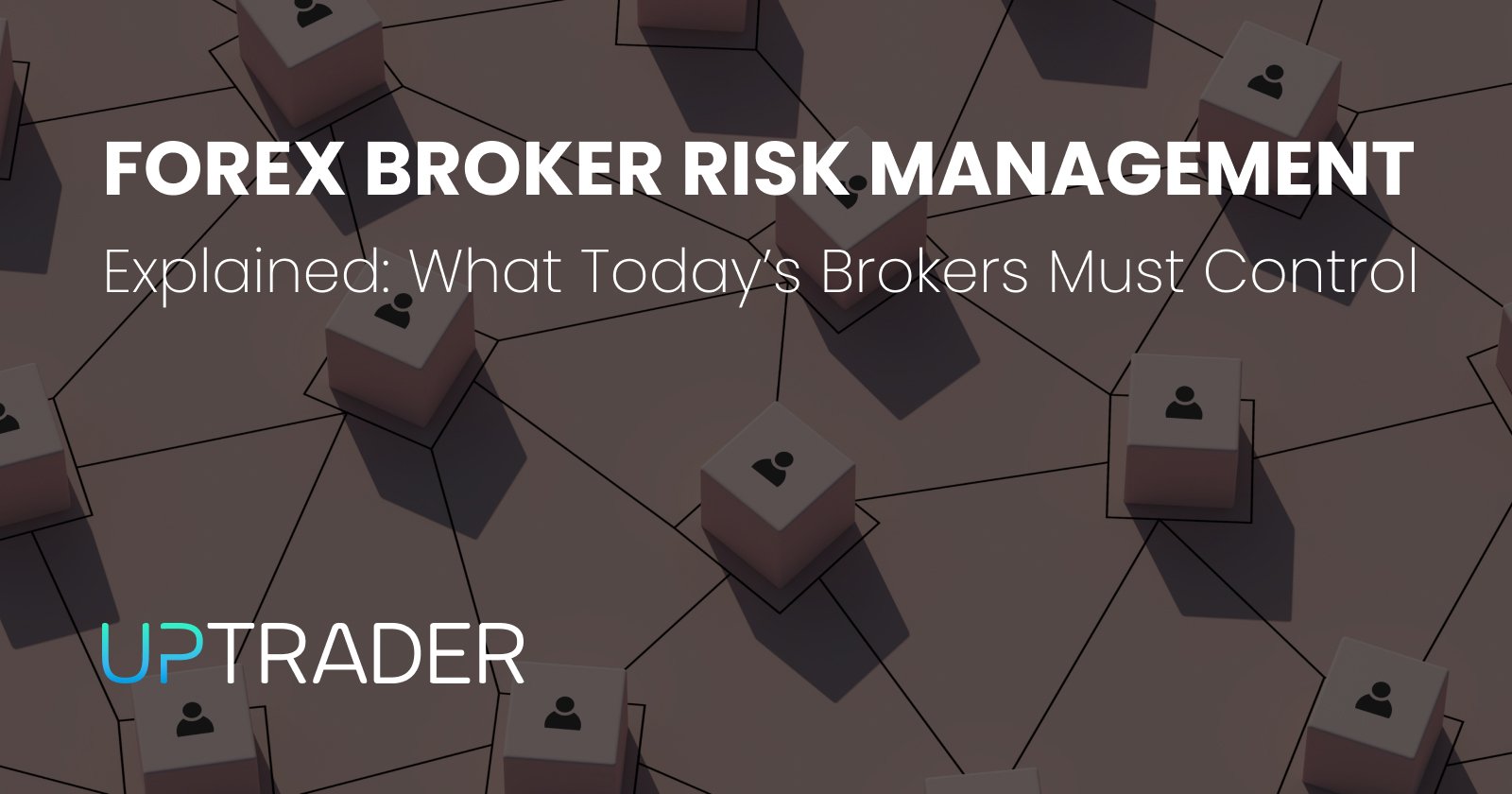What Should You Look for When Choosing Forex Software?

Share this publication:
In the realm of forex trading, results depend highly on the quality of the platform and trading instruments used. You are not simply selecting a Forex Software; you are selecting a system that will execute trades, oversee the accounts, perform market analysis, and follow a trading strategy and provide assistance on a daily basis. If you want to achieve the best results possible, the software you will be using for trading can’t be the result of guesswork or merely appealing advertising.
You require functions that best suit your needs, consistency and dependability, and an interface that allows for fast, informed decisions. Below are the aspects that should be considered before choosing any software for forex trading.
Forex Software
1. Stability and Speed Should Be Non-Negotiable
Lag, crashes, and execution delays can destroy your trades before they even get off the ground. When you’re choosing forex software, you should always start with performance. If the platform freezes when liquidity spikes, or trade execution takes too long during major sessions, that’s a red flag.
Run the platform during active market sessions if there’s a demo available. Watch how quickly your orders are executed. Pay attention to uptime assurances. For extreme market alterations, the software should remain working and, preferably, working optimally. It should never leave you unsupported during critical volatility
2. The Interface Should Work With You, Not Against You
Good trading software doesn’t make you hunt through tabs and cluttered dashboards to place a simple order. Analyze the layout of the platform. Can you move around it without thinking? Do you feel in command of the software, or does it make the process of decision-making longer?
Ideally, you should be able to:
- Execute trades from the chart.
- Adjust your layout to your liking.
- Shift between instruments.
- View open orders without hassle.
You should not need a tutorial each time you log in. The more self-explanatory it is, the more efficient you become.
3. Powerful Charting Tools Are Necessary
It's not useful to chart without advanced analytical tools. You need advanced charting that offers different time frames, a variety of indicators, drawing capabilities, and analytical clean data displays.
Look for:
- Various chart types, including candlestick, line, and Heikin Ashi.
- Flexible indicators, templates, and charting.
- Multi-timeframe charting.
- Access to historical data.
If your software limits your analytical capabilities, you will need to seek additional tools and that will be counterproductive.
4. Automation Options Can Give You an Edge
You don’t have to use automated trading, but the option should be there if you need it. Whether you’re running EAs, scripts, or semi-automated strategies, your software should let you plug in, test, and modify your tools without hassle.
Look for:
Backtesting capabilities, support for custom scripts, built-in automation integrations, risk configuration options.
Even when you trade manually, automation helps you by taking over mundane, boring, repetitive tasks, and allows you to focus on the higher-level discretionary aspects of your trade.
5. Mobile and Cross-Device Access Matters More Than You Think
Markets won’t wait for you to get back to your desk. Your trading software should be accessible on your phone and tablet, with full functionality — not a stripped-down viewer.
Ask yourself:
- Can you place and close trades on mobile?
- Are real-time alerts and updates provided?
- Does the interface remain clean and user-friendly, even on smaller screen devices?
- Is there instant syncing across all devices?
You should be able to monitor your account from anywhere and at any time and work without having to guess.
6. Execution Speed and Order Types Make a Difference
Slippage and delayed execution can cost you far more than you think. Examine how the platform deals with market orders, pending orders, and intricate configurations.
Evaluate the use of:
- Stop and limit orders
- OCO orders
- Trailing stops
- Partial closes Instant execution.
Your forex software shouldn’t restrict you to the basic features. Flexibility has to be built into your software to ensure your strategies aren’t overly limited due to the platform.
7. Security Should Be Crystal Clear
Your accounts and data constitute real money, live software should inform you how your accounts and data are safeguarded.
Look for:
- Two-factor authentication
- Encrypted connections
- Security data
- Safe communication channels
- Privacy compliance.
Walk away if you encounter vague, low-level, or outdated security. This is a non-negotiable issue.
8. Integration With Your Broker Should Be Seamless
Integration With Your Broker Should Be Seamless Integration frustration occurs even with the best platforms if they are not well-integrated with your broker.
Your forex software must do the following: provide a direct connection to the broker, synchronize accounts accurately, route trade execution reliably, handle multiple accounts if necessary.
It reduces compatibility issues if the platform is designed by your broker or is officially endorsed by them.
9. Customization Gives You Control
Control through Customization. Custom dashboards aren't helpful. Workspaces designed to suit individual workflows support tailored thinking, rather than hinder it.
It should have the following functionality: charts and panels can be rearranged, layouts can be saved, tools can be added/ hidden, templates can be made, alerts can be set.
You shouldn't be forced to adapt to tools. That reduces efficiency and disrupts the flow of execution.
10. Alerts and Notifications Should Be Smart and Instant
You can’t stare at your screen 24/7. Your forex software should let you set price alerts, trade triggers, margin warnings, and news notifications — and push them to your device immediately.
Look for:
- Sound alerts
- Push notifications
- Email/SMS options
- Trigger customization
If you miss an entry or exit because your platform stays silent, that's not technology—it's a liability.
11. Look for Built-In Market Data and News Feeds
Seek Embedded Market Data and News. No software, no matter how advanced, can substitute the importance of real-time information in forex trading. It should streamline access to:
- Live quotes.
- Economic calendars.
- Market news.
- Volatility updates.
- Session information.
External Sourcing updates waste time and increases the risk of missing trading opportunities.
12. Backtesting and Strategy Testing Are Highly Valuable
If you're developing strategies or using indicators, you need testing capability. Software that lets you simulate strategies in historical conditions instantly gives you an advantage.
Backtesting tools assist you in assessing different timeframes, risk parameters, performance metrics strategies.
Otherwise, you rely on flawed assumptions when making trades.
13. Scalability and Multi-Account Management
If you’re managing several accounts, or intend to, think a step ahead. Does the platform make scaling easy? Can you:
- Manage portfolios in one view?
- Switch accounts without logging out?
- Copy trades across accounts?
- Monitor performance separately?
If you’re building something serious, your platform needs to grow with you.
14. Customer Support Should Be Accessible and Competent
When something goes wrong — and it will at some point — you want fast solutions. Look at:
- Response times
- Live chat or direct support options
- Tutorial access
- Knowledge base
- Community forums
A platform is only as good as the support behind it. If you’re left waiting days for a reply, that’s unacceptable.
15. Pricing Should Match the Value You’re Getting
Cheap software that costs you money in slippage or delays is more expensive than a premium platform with reliability. Compare:
- Licensing/subscription fees
- Broker platform access
- Add-on costs
- API and automation fees
- Data charges
Don't assume free is the best. Don’t assume paid is superior either. Weigh features against impact.
16. User Feedback and Reputation Matter
Before committing, look at other traders’ experiences. You’ll quickly see if a platform has recurring issues with stability, withdrawals, freezes, or restricted features. Focus on real reviews, not just polished testimonials.
Pay attention to:
- Long-term user reports
- Ratings from reputable communities
- Common technical complaints
- Platform longevity and updates
If a software has a history of glitches or abandoned development, stay far away.
Final Thought: The Right Software Works With You
At the end of the day, the forex software you choose should help you trade with speed, clarity, and confidence. It should enhance your decisions, not slow them down. It should give you an edge, not hold you back. And most importantly, it should work with your style — not force you into someone else’s.
When you find a platform that’s fast, secure, customizable, and rich in tools, you put yourself in a position to trade smarter. Don’t settle for anything that doesn’t deliver that.
If you treat your choice of software as seriously as your strategy, you’ll immediately notice the difference in your performance.
If you’re ready to run your brokerage with tools that don’t just function — but elevate your entire operation — UpTrader is where you start.
Request a demo for our software today, and a consultant will get with you in no time.







